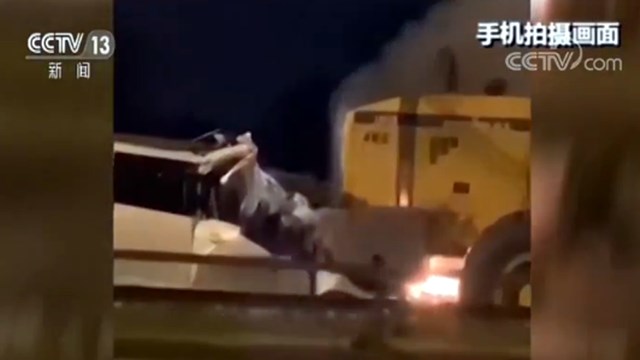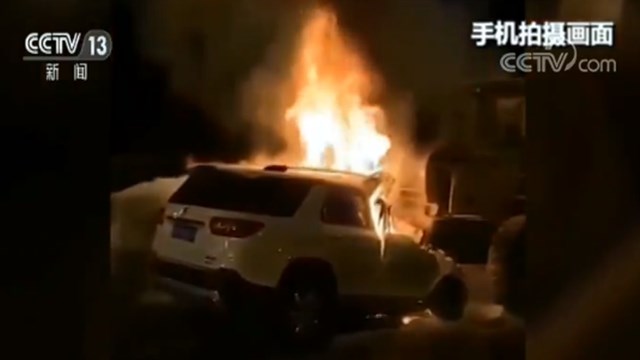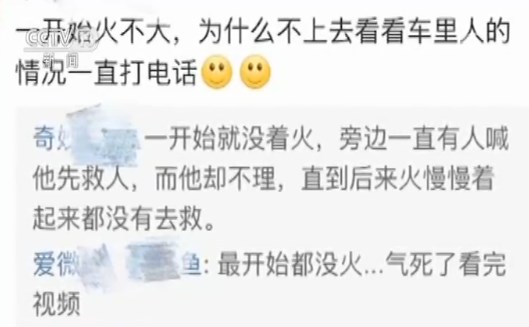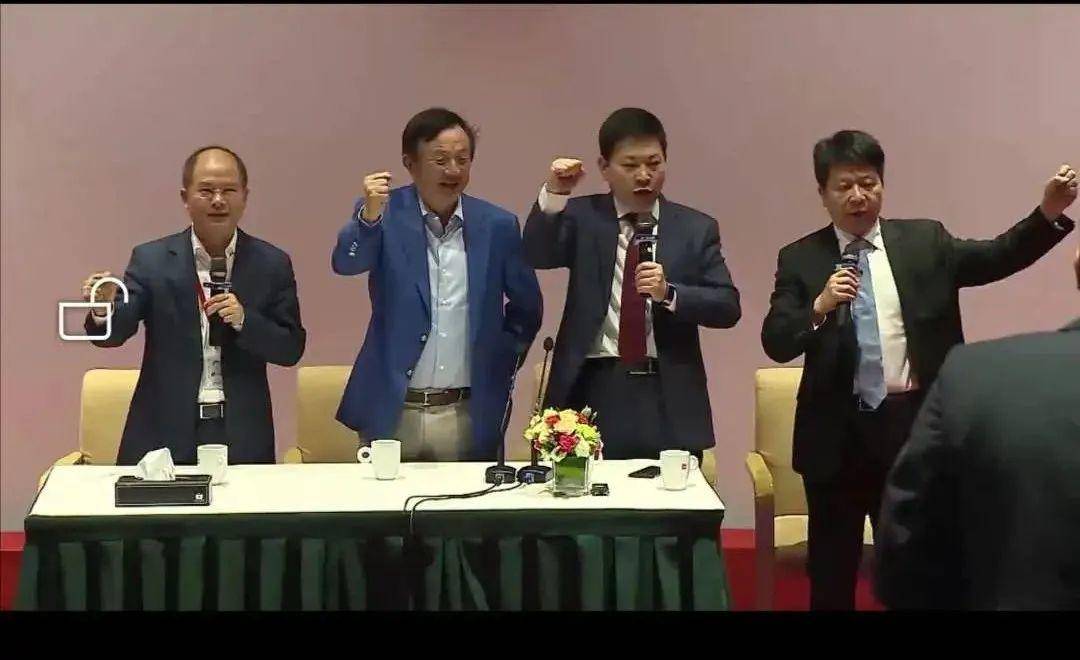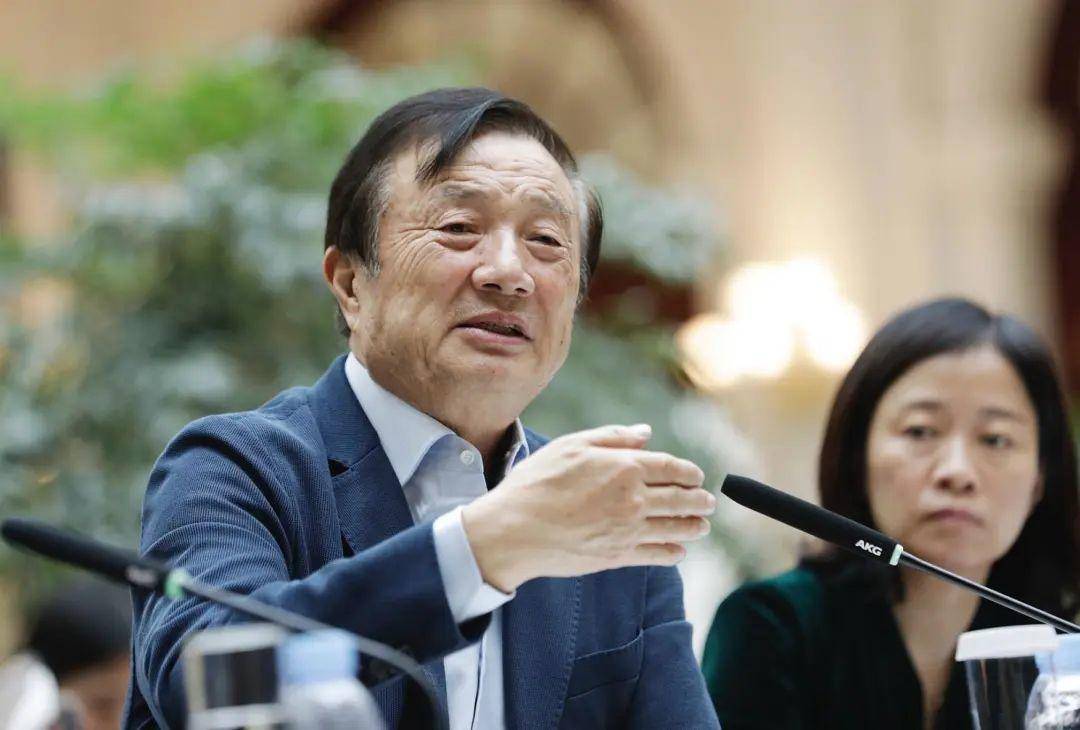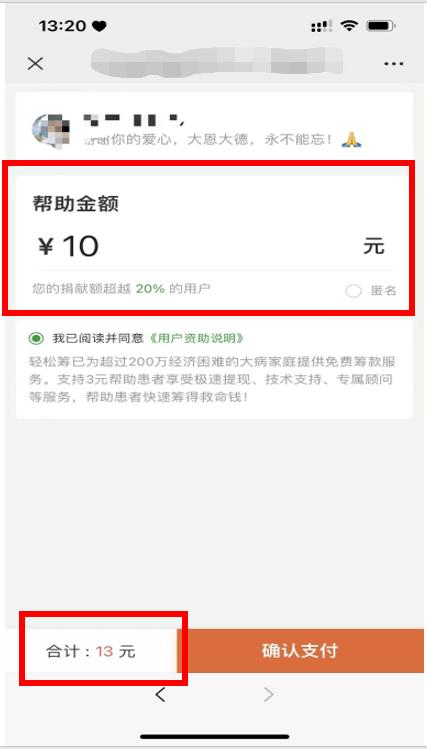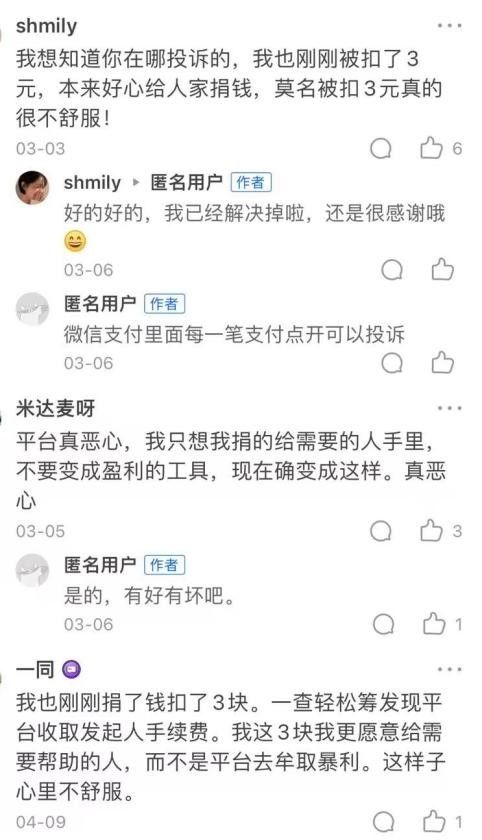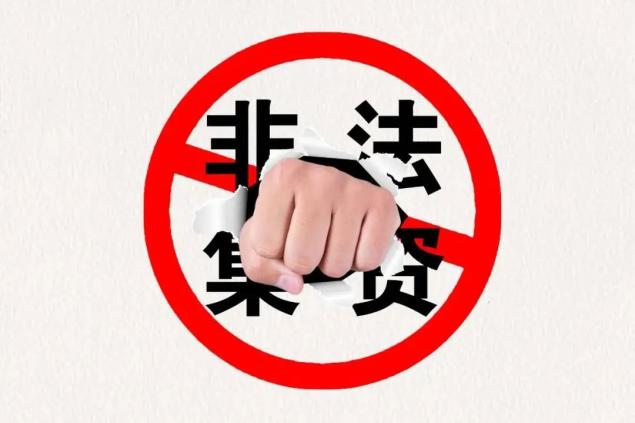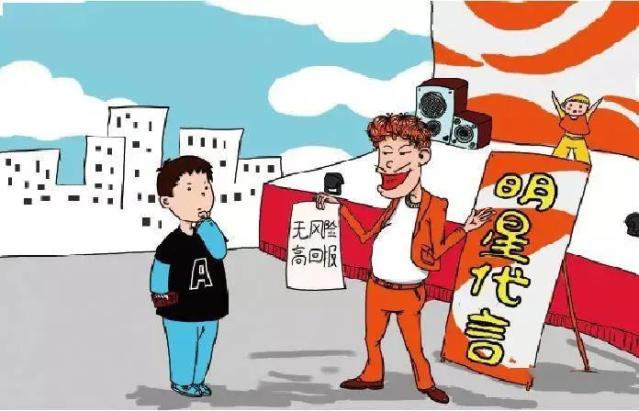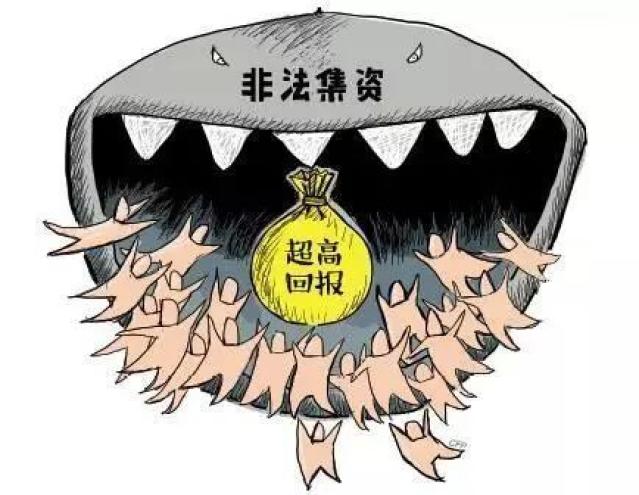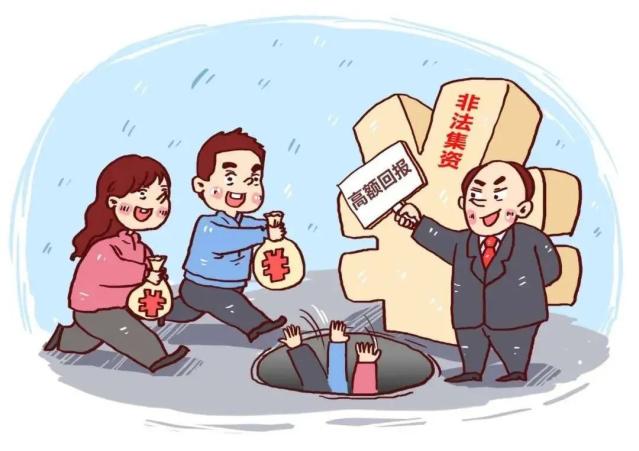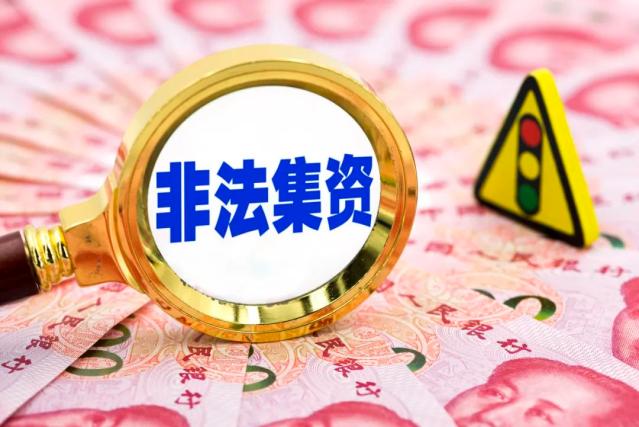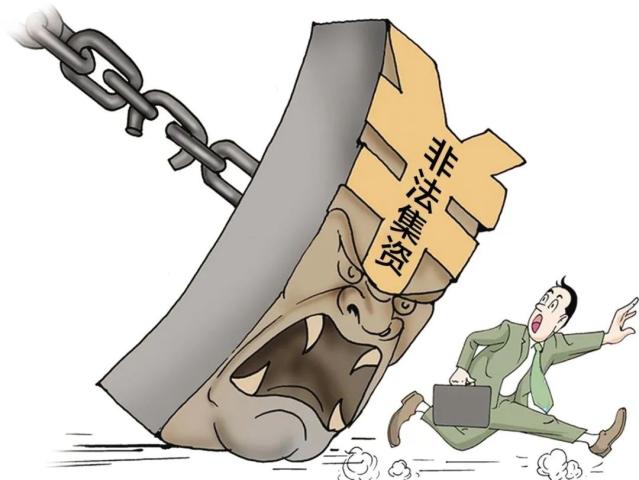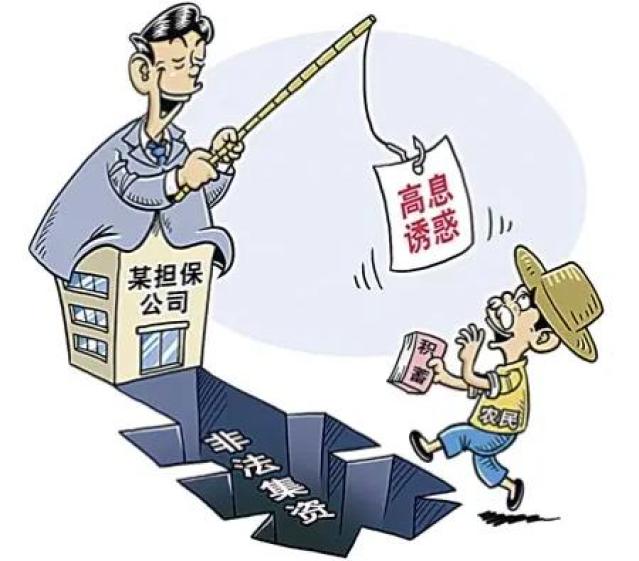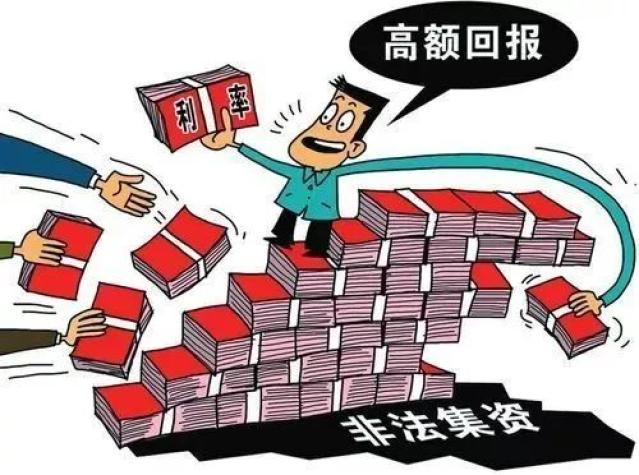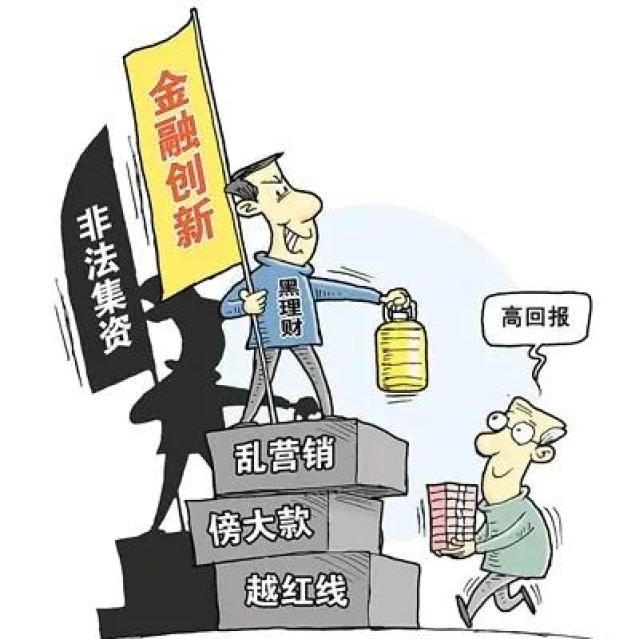Will the provident fund be "cancelled"? Huang Qifan and Dong Mingzhu both suggested cancellation, and the country officially responded.
"The provident fund has completed its historical mission and should be cancelled."
This kind of "suggestion" was put forward not by ordinary people, but by an expert with a high position in China’s financial and economic circles. He was Huang Qifan, former vice chairman of the NPC Financial and Economic Committee and mayor of Chongqing. In Huang Qifan’s view, the time is ripe to cancel the provident fund. Now, commercial banks have become the main body of providing mortgage loans, and the existence of housing provident fund is of little significance. More importantly, the abolition of the enterprise housing provident fund system will directly reduce the cost of enterprises and employees by 12%.
It is understood that Huang Qifan is not the only heavyweight who suggested "abolishing the provident fund system" in recent two years. Shortly after Huang Qifan’s speech, independent economist Ma Guangyuan also stated, "Huang Qifan ‘ Abolish the housing accumulation fund ’ Our proposal is reliable. I raised it ten years ago. So far, this view has not changed. " The implication is that I am very much in favor of canceling the housing provident fund, which is rooted in the obvious drawbacks of the system;
On April 29th, 2020, Dong Mingzhu supported Huang Qifan in an interview with The Beijing News. "I think we can take away the provident fund and liberate it. There is no need for the provident fund to exist now. Like our company, it is not needed at all. Every employee is given a suite, and there is no need for a provident fund. " Sister Dong’s meaning is very clear. Now the provident fund is only applicable to some enterprises, and considering the disadvantages of the provident fund, it is obvious that its advantages can be ignored. It is reasonable to cancel the provident fund, and it is a liberation for enterprises and individuals.
On April 30, 2020, Lou Jiwei, the chairman of the Global Wealth Management Forum and former Minister of Finance of China, also bluntly said, "I think the contribution rate of provident fund can be reduced to 5% in the future, including some experts’ suggestions to cancel the provident fund. I also agree."
To sum up, the experts suggest that the core reasons for canceling the provident fund are nothing more than three points:
In the face of millions or even tens of millions of high housing loans, housing provident fund loans with upper limits are undoubtedly a drop in the bucket. Moreover, the housing provident fund is earmarked for special purposes, and can only be used for purchasing, building, overhauling self-occupied housing or paying rent during the storage period. The use channels are narrow and it is quite inconvenient to withdraw. On the contrary, high-income groups pay more provident funds, which undoubtedly makes the provident fund a tool to widen the gap between the rich and the poor to some extent;
Second, the provident fund is a burden for enterprises and individuals, especially for low-income groups. The salary itself is not high, and there is not much left after deducting the provident fund. Moreover, due to various restrictions, the housing provident fund has been deposited for a long time and the rate is very low.
Third, the existence of provident fund means that someone has to be in charge. According to the data, there are 44,200 staff members and 3,350 outlets serving this system, which is undoubtedly a great waste of human resources. It will be more meaningful to cancel the provident fund and save this part of human resources.
Although many big coffee-level figures have made comments and suggested "canceling the provident fund", it seems that the vast majority of people do not buy it. According to Sina survey data, 70% of netizens "disapprove of canceling the provident fund system".
Experts are under pressure to cancel the provident fund. Why are hundreds of millions of Chinese ungrateful? We conclude that there are two main reasons:First, the housing accumulation fund is a basic welfare guarantee, a compulsory deposit, which is used to reserve the future cash flow of real estate allocation, and it is also a way for individuals to obtain low-interest housing financing loans from commercial banks. At present, the interest rate of the first home loan in major cities is 5.88%, but the interest rate of the provident fund loan is only 3.25%. According to the 20-year loan period of 900,000 yuan for both husband and wife, the total interest of pure commercial loans is 632,600 yuan, and the monthly payment is 6,385.73 yuan, but the total interest of provident fund loans is 325,100 yuan, and the monthly payment is 5,104.76 yuan. With the same amount and the same number of years, provident fund loans save almost half of the funds compared with commercial loans. In a word: low interest on housing provident fund loans can help low-and middle-income groups realize their dream of buying houses. If there is no provident fund system, it will be more difficult to buy a house entirely by commercial loans;
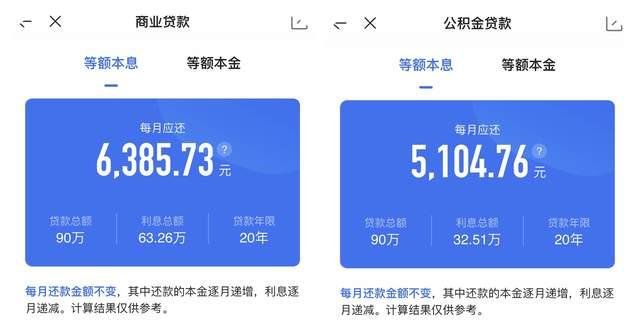
Secondly, with the reform and improvement of the housing provident fund system, the utilization rate of the provident fund has been greatly improved, and the threshold for using it has been greatly lowered. The provident fund is not limited to buying houses, renting houses, decorating and paying medical expenses for serious illness, etc., and can be withdrawn. Especially in many state-owned enterprises and institutions and unicorn private enterprises, the proportion of provident fund deposit is surprisingly high, which can be regarded as a high welfare for employees. To sum up, from a personal point of view, the existence of housing provident fund is of great benefit.
If the provident fund is really "cancelled", what will be the impact? 150 million people will have trouble sleeping!
According to the 2019 Annual Report of Housing Provident Fund, by the end of 2019, a total of nearly 150 million people had paid the provident fund, and the amount paid in that year was 23.7 trillion yuan, with a per capita income of 15,900 yuan. In 2019 alone, the withdrawal amount of provident fund reached 1.63 trillion yuan, and the personal housing loan issued was 1.21 trillion yuan.
In other words, if the provident fund is really abolished as suggested by Huang Qifan and Dong Mingzhu, it will directly make 150 million people sleepless — — As mentioned above, the housing provident fund is a basic social welfare guarantee, and the use of the working class is to buy a house with low-interest loans from the provident fund. If the provident fund is cancelled, it means that the joint benefits of 150 million people have been cancelled, so it is certain that they will not be able to sleep. Especially in the third, fourth and fifth tier cities, the role of provident fund is even greater, and many couples are looking forward to saving housing funds by provident fund loans. The cancellation of the provident fund means that the pressure on many people to buy a house will increase.
It is worth mentioning that if the provident fund is hastily abolished, nearly 45,000 employees involved in the provident fund employment will all be unemployed. How will these people be arranged?
Will the housing provident fund system be "cancelled"? The country officially responded.
Will the housing provident fund system be "cancelled" or will it continue to be "retained"? Until today, there has been controversy, and the public says that the public is right and the woman is right, but the final decision is still in the hands of the Ministry of Housing and Urban-Rural Development. In this regard, the state finally made a formal response — — On December 29th, 2020, Wang Menghui, Minister of Housing and Urban-Rural Development, published an article entitled "Implementing Urban Renewal Action" in People’s Daily, and finally got a clear answer about whether the housing provident fund system will be "cancelled" or "retained" in the future:
Reform and improve the housing provident fund system. Expand the scope of deposit to cover new citizen groups. Optimize the use policy to provide financial support for the development of rental housing and the transformation of old urban communities. Further strengthen the informatization construction of housing provident fund management and improve the level of supervision services.
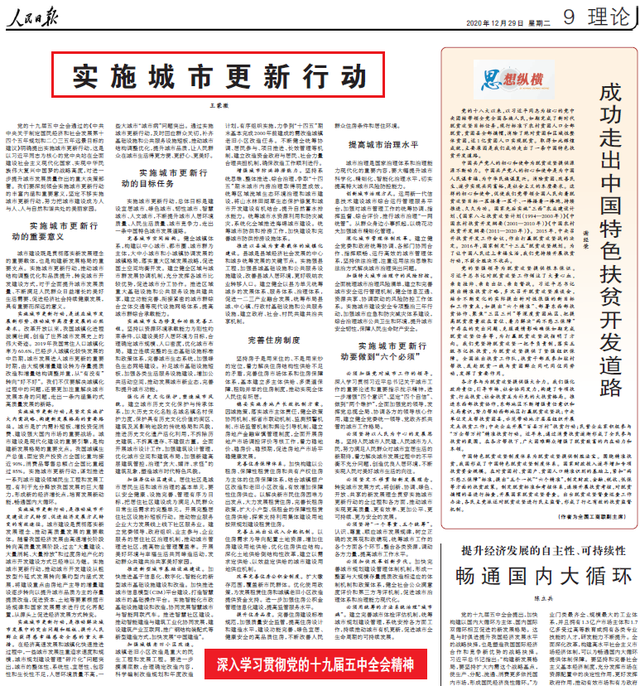
The official response to the provident fund is only 83 characters in total, but it reveals three key messages:First, the housing provident fund system will not be abolished; Second, we will vigorously carry out reform and improvement, and the direction of reform is: 1. Expand the deposit area; 2. Optimize the use policy; 3. Enhance transparency; Third, in the future, the state intends to let the provident fund provide financial support for rental housing and the transformation of old urban communities.
What happened later also confirmed that the provident fund was not cancelled, but was constantly improving and developing for the better — — The state issued a notice to support the provident fund for the housing renovation of residents in old communities. This means that the provident fund has not been cancelled, on the contrary, its scope of use is still expanding.

On January 1, 2021, Guizhou Province announced that from January 1, 2021, the provident fund can be used for the renovation of self-occupied housing in old urban communities. According to the relevant documents of the Housing and Construction Department of Guizhou Province, the maintenance of self-occupied housing refers to the renovation of self-occupied housing such as strengthening the housing structure, adding security facilities, repairing doors and windows, and installing indoor water (electricity, gas) pipelines.
Immediately afterwards, Ningxia Hui Autonomous Region, Yunnan Province, Hunan Province, Zhejiang Province and Shandong Province also issued documents clarifying the contents of the renovation that directly benefit residents or are closely related to residents, and mobilizing residents to contribute funds in three ways, including "drawing provident fund". Among them, Yunnan Province also made it clear that "residents are supported to withdraw housing provident fund for the renovation of self-occupied housing such as installing elevators". That is, according to the actual situation, residents can withdraw money from installing elevators, replacing windows, and modifying water and heating pipes.
Moreover, on May 11th, 2021, the Ministry of Housing and Urban-Rural Development issued a notice requesting Beijing, Fujian, Hubei, Hefei in Anhui, Zhuzhou in Hunan, Nanchong in Sichuan, Suining in Sichuan and Qingyang in Gansu to "increase the provident fund to support the old renovation", among which it was explicitly mentioned that "some funds can be arranged to support the renovation of old residential areas in local towns from the supplementary funds for low-rent housing construction paid by the housing provident fund center."
After the official response of the state, whether the housing provident fund system will be abolished or not, the answer is already clear:The housing provident fund system has been implemented in China for more than 20 years. Although it has been praised and criticized, it will not be cancelled for the time being because it is huge and involves the core interests of 150 million people. As for whether it will be cancelled later, it is still uncertain. As Xiaobo Liu, an expert in finance and economics, said, the housing provident fund system will probably exist until there is a better substitute.
At the same time, the national level has also paid attention to and listened to the suggestions and suggestions of many professionals, and is reforming and improving the housing provident fund system. To sum up, the reform of provident fund in the past five years mainly involves three aspects: first, it is committed to opening up the cross-regional use of provident fund as soon as possible; Secondly, the deposit ceiling has been raised. By the end of 2020, more than 60 cities have raised the deposit ceiling of provident fund. To put it bluntly, this is equivalent to giving people who pay the provident fund a "salary increase" in another form; Furthermore, the scope of use of the provident fund will be expanded, not only for low-interest loans to buy houses, but also for renting houses, renovating, renovating and treating major diseases. Of course, the provident fund will be fully used for the renovation of old communities in the future. For example, support the provident fund for installing elevators in old houses, diverting water and heating, and changing windows.
In fact, ordinary people are used to this system. With the further improvement of the system, if it is cancelled, it may attract more people’s opposition. Therefore, the dispute about "cancellation" or "retention" of housing provident fund can be stopped.


